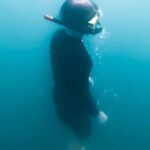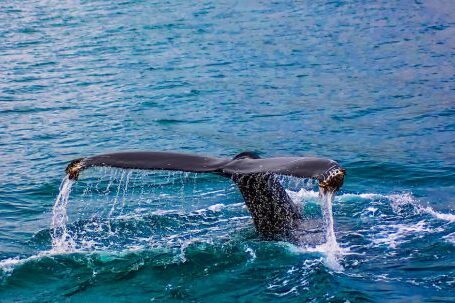Diving can be an exhilarating experience, allowing you to explore the wonders of the underwater world. However, it is important to remember that diving can also put pressure on your ears, which can lead to discomfort or even injury if not properly equalized. In this article, we will discuss some effective techniques to ensure you can equalize your ears safely while diving.
Understanding Ear Equalization
Before we dive into the techniques, it is crucial to understand how ear equalization works. Our ears have a small tube called the Eustachian tube that connects the middle ear to the back of the throat. When we dive, the pressure increases, and the air inside the middle ear becomes compressed. Equalizing is the process of allowing air to flow into the middle ear to balance the pressure.
Equalization Techniques
1. Valsalva Maneuver
The Valsalva maneuver is one of the most common techniques used to equalize the ears. To perform this maneuver, pinch your nose shut and gently blow out through your nose. This action helps to open the Eustachian tube and equalize the pressure in your ears.
2. Toynbee Maneuver
The Toynbee maneuver is another effective technique for equalizing the ears. This maneuver involves pinching your nose shut and swallowing at the same time. Swallowing helps to open the Eustachian tube, while pinching your nose prevents air from escaping.
3. Frenzel Maneuver
The Frenzel maneuver is a more advanced equalization technique that requires some practice. To perform this maneuver, close your throat, pinch your nose shut, and make a “k” or “g” sound with your mouth. This action helps to push air into the Eustachian tube, equalizing the pressure in your ears.
Tips for Effective Equalization
Now that you are familiar with the different equalization techniques, here are some tips to help you equalize effectively while diving:
1. Start Early
Begin equalizing your ears before you feel any discomfort. It is easier to equalize when the pressure difference is minimal, so start equalizing as soon as you descend.
2. Equalize Frequently
Equalize your ears every few feet or so as you descend to ensure that the pressure in your ears remains balanced. This will prevent any discomfort or potential injury.
3. Take It Slow
Descend slowly to allow your ears to adjust to the changing pressure gradually. Rapid descents can make equalization more challenging and increase the risk of ear barotrauma.
4. Avoid Forcing
If you are unable to equalize your ears despite trying the techniques, do not force it. Ascend slightly until you can equalize, and then continue your descent slowly.
5. Stay Hydrated
Drinking plenty of water before diving helps to keep your mucus membranes hydrated, making equalization easier.
Conclusion: Ensuring a Safe Dive
Equalizing your ears properly is essential for a safe and enjoyable dive. By understanding the different techniques and following the tips provided, you can ensure that your ears are protected from discomfort and potential injury while exploring the underwater world. Remember to start early, equalize frequently, and take it slow to maintain a balanced pressure in your ears throughout your dive. Stay hydrated and listen to your body to ensure a safe and memorable diving experience.





